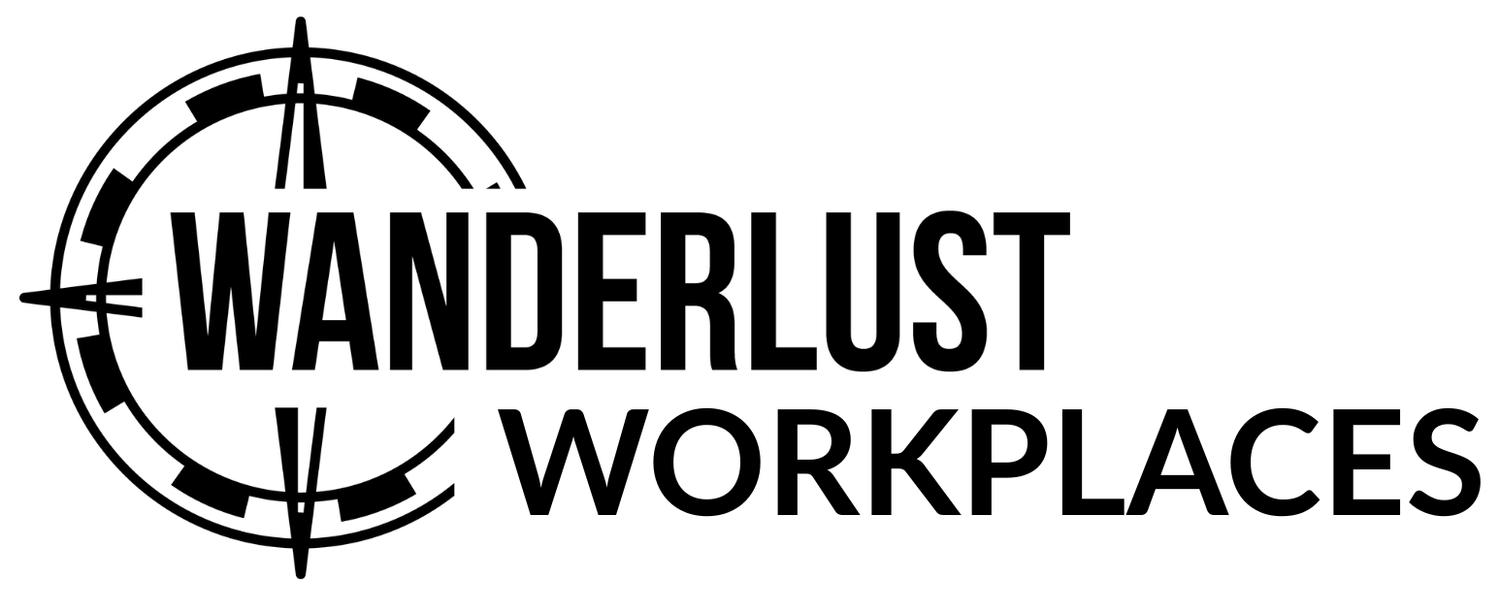AI Layoffs & the New Outplacement Strategy
Jobs Impacted by AI
In 2023, 37% of business leaders reported that AI had already replaced workers in their organizations, and 29% of work tasks are considered replaceable by AI (CSNBC).
AI and automation have already replaced or significantly transformed a variety of jobs—particularly entry-level or junior roles (e.g., copywriting, photo editing, graphic/UX design, animation, news writing/basic journalism, curriculum development, academic researchers, content creation, researchers, social media management, financial analysis, website development, proofreading/editing, data entry, invoicing, insurance underwriting, reception/administration, transcription, entry-level coding, medical billing, basic QA testing, call centers/helpdesks, bookkeeping, basic tax preparation, paralegals, legal contract writing, cashiers, inventory managers, HR/generalist support, etc.). Looking ahead, even more roles are at risk as technology continues to advance (e.g., radiology, taxi/truck driving, teaching/tutoring, video editing, consulting, junior/mid-level software engineers, data analysts, IT support, marketing management, real estate agents, customer service, actors, musicians, etc.).
AI was responsible for ~3,900 job losses in a single month—about 5% of all layoffs in May 2025 (CBS).
Who is disproportionately Impacted by AI
AI is disproportionately impacting workers who are already vulnerable to labor market instability and systemic inequities. Certain groups are being affected earlier and more deeply by AI-driven job displacement and disruption:
BIPOC workers are overrepresented in routine, lower-paid roles such as cashiers, call center agents, warehouse workers, and data entry—jobs that are among the first to be automated. In the U.S., for instance, Black workers make up 12% of the total workforce but account for 22% of the data entry workforce, a sector already heavily automated.
Entry-level workers and recent graduates face a challenging landscape as AI replaces many entry-level jobs like junior coding, customer support, social media management, and basic data analysis. Without early career experience, it becomes harder to build résumés and develop professionally.
Workers without college degrees often find employment in manual, clerical, or rule-based jobs—prime targets for automation. As these roles disappear, the barriers to re-entry or upskilling grow steeper.
Women, particularly mothers and part-time workers, are at elevated risk, yet often overlooked in AI policy discussions. They are disproportionately represented in administrative, clerical, and healthcare support roles (e.g., receptionists, transcriptionists, office assistants), which are highly vulnerable to automation. Women of color are especially concentrated in these sectors. Globally, over 70% of data entry jobs are held by women—roles rapidly being eliminated by AI.
Some parents (of any gender) often rely on flexible, lower-skill jobs like virtual assistance, remote customer service, or scheduling support—many of which are among the first to be automated. These roles typically lack training pathways, making career pivots more difficult.
Immigrants and non-native English speakers frequently work in customer service, hospitality, and logistics—industries increasingly replaced by kiosks, chatbots, and self-checkout systems.
Mid-career workers without tech fluency are also at risk. Many hold roles in bookkeeping, compliance, or inventory management—tasks vulnerable to automation—but often lack access to retraining or digital skill development. They are also less likely than younger employees to be offered upskilling opportunities by employers.
Some people with disabilities may be particularly affected, as they often rely on jobs with predictable tasks or remote admin roles—both targets of early-stage automation.
AI-Proof Jobs
While no job or group is 100% immune to AI’s influence, there are certain roles and sectors that are much less likely to be replaced or deeply disrupted, at least in the near- to mid-term (next 10–15 years). Jobs that are the least likely to be replaced by AI are those that require physical human presence, original thinking, ethical decisions/gray areas, or depend on trust/persuasion (e.g., therapists, psychologists, social workers, although entry level triage and basic emotion analysis tools are able to handle many low-risk client interactions; teachers (especially early ed & special ed), electricians, plumbers, HVAC techs, construction workers, mechanics, judges/arbitrators/senior legal counsel, healthcare providers (e.g., doctors, nurses), executive leadership (C-suite), creative directors, brand strategists, B2B or consultative sales).
By 2030, about 30% of current U.S. jobs could be fully automated and 60% may see substantial task changes (National University)
New Roles Created by AI
The World Economic Forum estimates 85 million jobs lost by 2025, with 97 million new roles created (World Economic Forum).
While AI is displacing many traditional roles, it's also creating a wave of new jobs centered around human-AI collaboration, oversight, and design. These emerging roles often blend technical fluency with creativity, ethics, or strategic thinking. For example, AI Trainers or Prompt Engineers help fine-tune AI systems by feeding them nuanced data and crafting queries for optimal results. AI Ethicists ensure technologies are developed and deployed responsibly, especially in areas like hiring, healthcare, and finance. Human-AI Interaction Designers work to improve the user experience in AI-powered tools, while AI Literacy Educators train staff across sectors to effectively integrate AI into their daily workflows. Other new roles include Synthetic Data Analysts (who generate and manage artificial data for model training), Algorithm Bias Auditors, and AI Project Managers who oversee cross-functional teams deploying AI tools. These positions will demand a hybrid skill set—combining technical understanding, human judgment, and cross-disciplinary insight—and they reflect a broader shift: rather than replacing people, AI is reshaping how we work, opening space for more strategic, supervisory, and creative human contributions.
HR Strategy: Workforce Planning in the Face of AI
With rapid advancements in AI, HR Business Partners must take a proactive, ethical approach to workforce planning. This includes assessing current levels of AI fluency, identifying skill gaps, and implementing targeted training to help employees integrate AI tools into their daily workflows. The goal is not to replace human labor, but to empower workers to use AI to enhance productivity and ethically to reduce errors, and elevate the quality of their work. At the same time, HR leaders must anticipate structural shifts in workforce needs - recognizing that even highly trained, AI-fluent teams may ultimately require fewer people. A forward-thinking HR strategy should include AI fluency assessments and outplacement planning as core components, ensuring that employees are not only prepared for internal transitions, but also equipped to compete in an evolving external job market. Ethical workforce transformation must include reskilling and thoughtful exits - not just adoption of new tools.
Is your company navigating AI-driven workforce shifts?
We offer AI fluency assessments to help future-proof your teams.
Contact us today to learn how we can support your company’s strategy.

